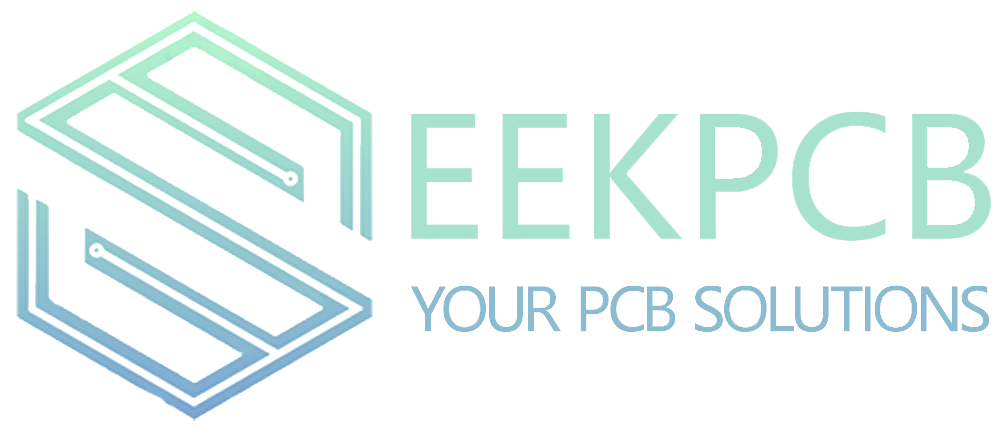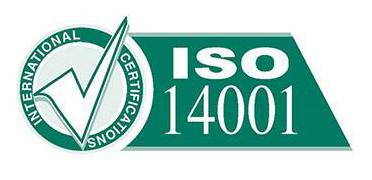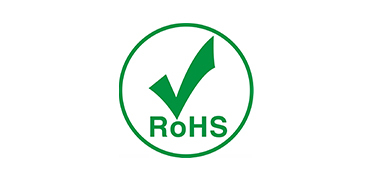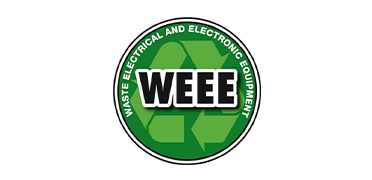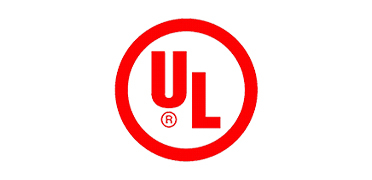How do I know if my PCB is multilayer?
Views: 0 Author: Site Editor Publish Time: 2024-06-21 Origin: Site









Printed Circuit Boards (PCBs) are the backbone of modern electronic devices. They come in various forms, with multilayer PCBs being among the most sophisticated. But how do you know if your PCB is multilayer? Understanding the characteristics and construction of multilayer PCBs can help you identify them with ease. This article will guide you through the key features and identification methods of multilayer PCBs.
Understanding Multilayer PCBs
What is a Multilayer PCB?
A multilayer PCB is a type of circuit board that has more than two layers of conductive material. These layers are stacked on top of each other and separated by insulating materials. The complexity of multilayer PCBs allows for more intricate and compact designs, making them ideal for advanced electronic devices.
Construction of Multilayer PCBs
Multilayer PCBs are constructed by laminating multiple layers of conductive and insulating materials together. Each layer is etched with a specific circuit pattern before being bonded together. This construction allows for a higher density of components and connections, enabling more complex functionality in a smaller footprint.
Key Features of Multilayer PCBs
Layer Count
The most obvious feature of a multilayer PCB is the number of layers. While single-layer and double-layer PCBs have one and two layers, respectively, multilayer PCBs can have three or more layers. The additional layers provide more routing options and can accommodate more complex circuits.
Vias and Through-Holes
Multilayer PCBs often feature vias and through-holes that connect different layers. Vias are small holes drilled through the PCB and filled with conductive material to create electrical connections between layers. These connections are essential for the functionality of multilayer PCBs, allowing signals to travel between layers.
Thicker and Heavier
Due to the additional layers, multilayer PCBs are generally thicker and heavier than their single or double-layer counterparts. This increased thickness is necessary to accommodate the multiple layers of conductive and insulating materials.
Identifying a Multilayer PCB
Visual Inspection
One of the simplest ways to identify a multilayer PCB is through visual inspection. Look for the number of layers by examining the edges of the PCB. If you see multiple layers of material, it's likely a multilayer PCB. Additionally, the presence of vias and through-holes can indicate a multilayer design.
Testing for Continuity
Using a multimeter to test for continuity can help identify a multilayer PCB. By checking for electrical connections between different points on the PCB, you can determine if there are multiple layers. If you find connections that wouldn't be possible on a single or double-layer PCB, it's likely a multilayer design.
Consulting Documentation
Another reliable method is to consult the documentation or specifications provided by the manufacturer. These documents often include detailed information about the PCB's construction, including the number of layers. If you're unsure, reaching out to the manufacturer or supplier can provide clarity.
Applications of Multilayer PCBs
Consumer Electronics
Multilayer PCBs are commonly used in consumer electronics such as smartphones, tablets, and laptops. Their compact design and high functionality make them ideal for these devices, which require complex circuitry in a small form factor.
Medical Devices
In the medical field, multilayer PCBs are used in advanced diagnostic and monitoring equipment. The reliability and precision of multilayer PCBs are crucial for these applications, where accuracy and performance are paramount.
Automotive Industry
The automotive industry also benefits from multilayer PCBs, which are used in various systems such as engine control units, infotainment systems, and advanced driver-assistance systems (ADAS). The durability and performance of multilayer PCBs make them suitable for the demanding conditions of automotive applications.
Conclusion
Identifying a multilayer PCB involves understanding its construction, key features, and applications. By examining the layer count, vias, and thickness, you can determine if your PCB is multilayer. Additionally, testing for continuity and consulting documentation can provide further confirmation. Multilayer PCBs play a crucial role in modern electronics, offering advanced functionality and compact designs for a wide range of applications.
+86-18925293263
